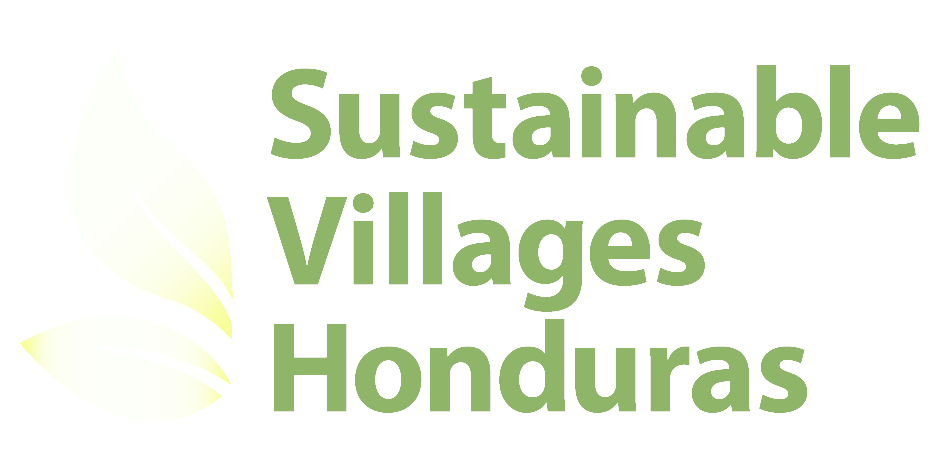Fighting the Blight: The Promise of Avocado and Cacao Trees
The area in which Sustainable Villages Honduras (SVH) has been working for more than 10 years is part of the “Dry Corridor." Long-range predictions for this area estimate that there will be much less or no rain for extended periods of time. Less or no rain means crop failure, and there’s potential that families will migrate to San Pedro Sula, Honduras, and the U.S.
Coffee is, in many cases, the major or only source of income for rural Honduran families. Some SVH families grow small plots of coffee to sell. Many more depend on the wages earned as men, women, and children work as laborers during the extended harvest season. But now, many coffee plantations in the Chinda area—both large or small—contain only spindly, nearly bare bushes. This is the result of a blight known as coffee leaf rust (la roya).
The blight may soon prove to be as disastrous as any earthquake or volcanic eruption to afflict Central America. Already, it’s knocked nearly half a million people out of work and some say has driven up crime. And the crisis is only beginning. It may soon send a stream of new migrants toward the U.S., speed up deforestation, and invigorate illicit narcotics production.
The blight also serves as a bellwether on climate change, which appears to be causing temperatures to rise, taking plagues and infestations like the coffee rust to higher elevations that once were considered too cool and dry for it.
In an effort to counteract the effects of this drought, a range of efforts are underway. One of them is to investigate the feasibility of avocado and cacao trees by small- and large-scale producers.
The avocado is a tree with probable origin in South Central Mexico. Their fruit are commercially valuable. The cacao tree, which provides the basis of chocolate, is also native to tropical regions in Central and South America. Pre-Columbian cultures like the Mayans consumed its fruit more than 4,000 years ago.
Our partners at Vecinos Honduras, the Chinda Municipality, and other non-profits and government agencies would help determine the feasibility of avocado and cacao production in the Chinda area. Both small- and large-scale farmers would be help investigate feasibility, conduct trainings, and develop plantations. SVH staff and farmers would play a key role and planning is already underway.
Roy and Idania have been talking with SVH farming families about climate change and their coffee crops. In the coming year, they will organize workshops and farmer-to-farmer exchanges on growing avocados and cacao. Roy will also be working to find both technical and financial resources to help SVH farmers plant these alternatives to coffee.
The communities in Chinda are witnessing the very real effects of climate change first-hand. But, they’re intensely committed to finding new opportunities to improve their livelihoods.



